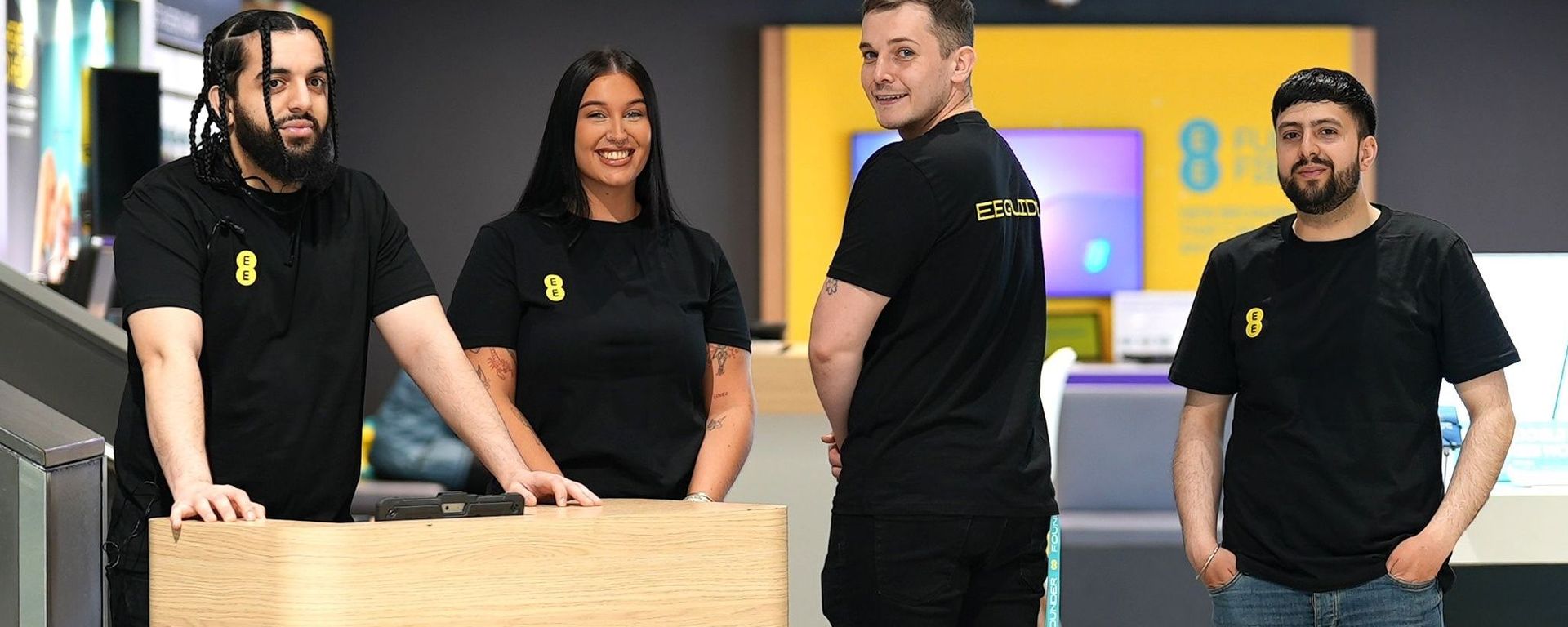
Introduction: The Growing Demand for Customised Apparel
In the U.S. construction industry, visibility, safety, and branding are essential. According to the U.S. Bureau of Labor Statistics (BLS), the construction sector employs over 7.8 million workers, with demand expected to grow steadily through 2030. This growth has increased Personalised Workwear the need for personalised workwear—gear and apparel customised with company logos, employee names, and specific safety features. Contractors now view personalised apparel as more than just clothing; it’s a tool for brand recognition, employee safety, and operational efficiency.
Why Branding Matters on the Job Site
Construction contractors face fierce competition. Personalised workwear helps create a unified appearance that communicates professionalism to clients. A well-branded uniform can also increase client trust during site visits, as workers are instantly identifiable. This is particularly important in high-density construction zones where multiple contractors operate simultaneously.
Safety Compliance Through Customisation
The Occupational Safety and Health Administration (OSHA) has strict safety gear requirements, especially for high-visibility clothing in roadwork, infrastructure, and commercial building projects. Personalised workwear integrates safety and compliance by using ANSI/ISEA 107-approved high-visibility fabrics alongside custom embroidery or printing. This dual purpose ensures workers meet safety regulations without compromising brand presentation.
Boosting Employee Morale and Identity
Uniforms foster a sense of belonging among crew members. Construction crews wearing personalised workwear often report higher morale and a stronger team identity. In a recent industry survey, 67% of U.S. contractors said customised apparel improved their workers’ sense of pride on the job.
Durability and Functionality for Harsh Environments
Construction workwear must withstand demanding environments, from heatwaves in Texas to freezing winters in Minnesota. Modern personalised workwear uses advanced fabrics such as ripstop cotton, polyester blends, and moisture-wicking materials to ensure comfort and longevity. Customisation now extends to tool loops, reinforced pockets, and climate-adaptive fabrics.
Marketing Beyond the Job Site
Branded workwear turns employees into walking advertisements. Whether workers are on a coffee break or commuting to the site, the logo on their gear promotes the company. For small to mid-sized contractors, this cost-effective marketing strategy can generate significant brand exposure without large advertising budgets.
Cost Considerations and ROI
While personalised workwear can be more expensive than generic apparel, the return on investment (ROI) is notable. By enhancing safety compliance, reducing uniform loss, and improving public perception, many contractors find the added expense worthwhile. Bulk ordering from U.S.-based suppliers often reduces per-unit costs while maintaining quality.
Sustainability Trends
Eco-conscious construction companies are adopting sustainable personalised workwear made from recycled polyester or organic cotton. This approach aligns with green building certifications such as LEED, helping contractors present themselves as environmentally responsible.
Conclusion
Personalised workwear in the U.S. construction sector blends branding, safety, and employee identity into a single, powerful tool. As competition intensifies, contractors who embrace this trend position themselves for better brand recognition, safer job sites, and more engaged employees.